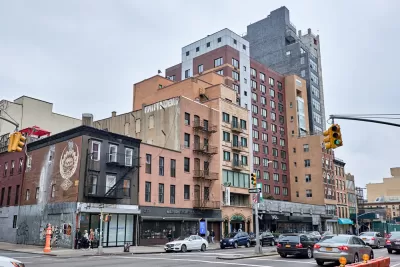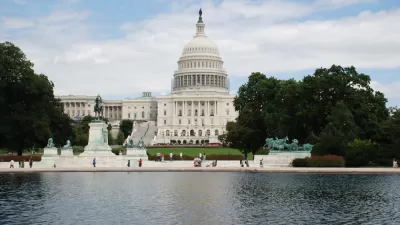Recent political interest in local land use regulations requires a thorough and nuanced understanding of the strengths and limitations of the methodologies available for measuring the effects of zoning.

As noted in an article by Jenny Schuetz, both the Trump administration and a subset of the Democratic presidential candidates have proposed the removal of regulatory barriers to new development in the hopes of alleviating the nation's ongoing housing affordability crisis.
"But to design policies that are effective are reducing these barriers, we need to answer several questions," writes Schuetz. "How exactly does zoning drive up housing costs? How can we tell whether zoning is excessively restrictive?"
The answers to those questions and several that follow are "practically hard" to determine, according to Schuetz. "There isn’t one central database that contains all the thousands of local zoning codes, so most researchers conduct surveys of local planning officials. A few scholars have reviewed and manually coded laws, and there is increasing interest in using technical tools such as text analysis and machine learning….Each method has distinct strengths and limitations."
Schuetz provides examples of some of the research that have deployed those methodologies, before documenting another complication and suggesting a new frame for informing zoning reform in the name of housing affordability.
FULL STORY: Is zoning a useful tool or a regulatory barrier?

Study: Maui’s Plan to Convert Vacation Rentals to Long-Term Housing Could Cause Nearly $1 Billion Economic Loss
The plan would reduce visitor accommodation by 25,% resulting in 1,900 jobs lost.

North Texas Transit Leaders Tout Benefits of TOD for Growing Region
At a summit focused on transit-oriented development, policymakers discussed how North Texas’ expanded light rail system can serve as a tool for economic growth.

Why Should We Subsidize Public Transportation?
Many public transit agencies face financial stress due to rising costs, declining fare revenue, and declining subsidies. Transit advocates must provide a strong business case for increasing public transit funding.

How to Make US Trains Faster
Changes to boarding platforms and a switch to electric trains could improve U.S. passenger rail service without the added cost of high-speed rail.

Columbia’s Revitalized ‘Loop’ Is a Hub for Local Entrepreneurs
A focus on small businesses is helping a commercial corridor in Columbia, Missouri thrive.

Invasive Insect Threatens Minnesota’s Ash Forests
The Emerald Ash Borer is a rapidly spreading invasive pest threatening Minnesota’s ash trees, and homeowners are encouraged to plant diverse replacement species, avoid moving ash firewood, and monitor for signs of infestation.
Urban Design for Planners 1: Software Tools
This six-course series explores essential urban design concepts using open source software and equips planners with the tools they need to participate fully in the urban design process.
Planning for Universal Design
Learn the tools for implementing Universal Design in planning regulations.
City of Santa Clarita
Ascent Environmental
Institute for Housing and Urban Development Studies (IHS)
City of Grandview
Harvard GSD Executive Education
Toledo-Lucas County Plan Commissions
Salt Lake City
NYU Wagner Graduate School of Public Service





























